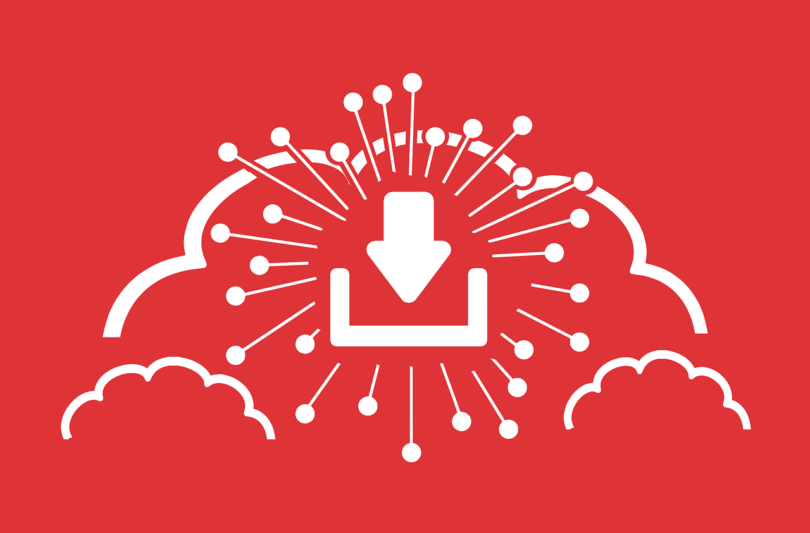In the rapidly evolving landscape of software development, staying ahead of the curve is paramount. Organizations strive to deliver applications with agility and scalability, and cloud-native development has emerged as a game-changing approach. In this article, we’ll delve into the realm of cloud-native development, exploring its principles and the tools and practices that facilitate it. Along the way, we’ll introduce a crucial concept that plays a pivotal role in the cloud-native landscape.
The Evolution of Cloud-Native Development
Cloud-native development represents a fundamental shift in how we design, build, and deploy applications. It leverages the power of cloud computing, containerization, and microservices to create highly adaptable and resilient software solutions. This approach stands in stark contrast to traditional monolithic applications designed for on-premises environments, which often lacked the flexibility needed to scale efficiently.
At the heart of cloud-native development are containers, which serve as the building blocks of this approach. These lightweight, standalone executable packages encapsulate an application and its dependencies, ensuring consistent and reliable deployment across different environments. Containers have revolutionized the development process by simplifying the building, testing, and deployment of software. Tools like Docker have become synonymous with containerization and are integral to cloud-native development.
Microservices Architecture: Modular and Scalable
Another pivotal component of cloud-native development is the microservices architecture. Instead of building monolithic applications, developers break down their systems into smaller, loosely-coupled services. Each microservice is responsible for a specific function, making it easier to develop, test, and scale independently. This modular approach enhances agility, as updates or changes to one microservice do not disrupt the entire system.
Continuous Integration and Continuous Deployment (CI/CD)
To fully embrace the cloud-native paradigm, organizations adopt CI/CD pipelines that automate the building, testing, and deployment of code changes. These pipelines enable rapid and reliable delivery of new features and bug fixes. This is where our pivotal term, GitOps, comes into play. It’s an approach to managing infrastructure and application configurations using Git as the single source of truth. It leverages the principles of version control, collaboration, and automation to ensure that the entire development pipeline is represented as code in a Git repository.
The deployment strategy is a critical element in cloud-native development. It encompasses the plan and approach for releasing software to end-users or production environments. Selecting the right deployment strategy is crucial to mitigate risks effectively during the release process. Organizations often use strategies like gradual rollout, blue-green deployments, or canary releases to minimize disruptions and ensure a smooth transition to new software versions.
By implementing a well-thought-out deployment strategy, development teams can reduce the potential impact of issues and ensure a seamless user experience during updates.
Kubernetes: The Orchestrator of Cloud-Native Environments
To unlock the full potential of cloud-native development, the orchestration of containers and microservices becomes essential. Kubernetes, often abbreviated as K8s, stands as the de facto orchestrator in this landscape. Kubernetes provides a robust framework for automating the deployment, scaling, and management of containerized applications. It abstracts the underlying infrastructure, allowing developers to define the desired state of their applications through YAML manifests.
Kubernetes boasts self-healing capabilities, automatically detecting and replacing failed containers or microservices to ensure high availability and minimal downtime. Coupled with features like load balancing and auto-scaling, Kubernetes empowers organizations to build resilient and highly responsive applications.
Observability and Monitoring in the Cloud-Native World
In cloud-native development, observability takes center stage. With the increasing complexity of microservices architectures, traditional monitoring tools are no longer sufficient. Developers and operations teams need real-time insights into the health and performance of their applications and infrastructure.
Observability tools like Prometheus and Grafana play a crucial role in this regard. Prometheus is an open-source monitoring and alerting toolkit designed specifically for cloud-native environments. It collects metrics, logs, and traces from various components and provides a unified view of the system’s behavior. Grafana complements Prometheus by offering powerful visualization and alerting capabilities. Together, they enable teams to detect and resolve issues quickly, ensuring the reliability and performance of cloud-native applications.
The Future of Cloud-Native Development
As technology continues to evolve, so does cloud-native development. Emerging trends such as serverless computing, service mesh architectures, and the adoption of edge computing are poised to shape the future of this paradigm. Serverless computing abstracts infrastructure management even further, allowing developers to focus solely on writing code. Service mesh technologies like Istio and Linkerd enhance microservices communication and security. Edge computing extends cloud-native principles to the edge of the network, enabling low-latency and high-performance applications.
In conclusion, cloud-native development is a transformative approach that empowers organizations to build, deploy, and scale applications with unprecedented speed and reliability. Leveraging containers, microservices, CI/CD pipelines, and a well-defined deployment strategy, cloud-native development enables teams to respond effectively to changing requirements and market demands.
As we’ve explored in this article, the deployment strategy is a critical component of risk management in cloud-native development. By selecting the right deployment strategy and embracing best practices, organizations can minimize disruptions and ensure successful software releases. Cloud-native development, combined with a thoughtful deployment strategy, is a powerful approach for delivering exceptional software solutions in today’s fast-paced technology landscape.








Leave a Comment
You must be logged in to post a comment.